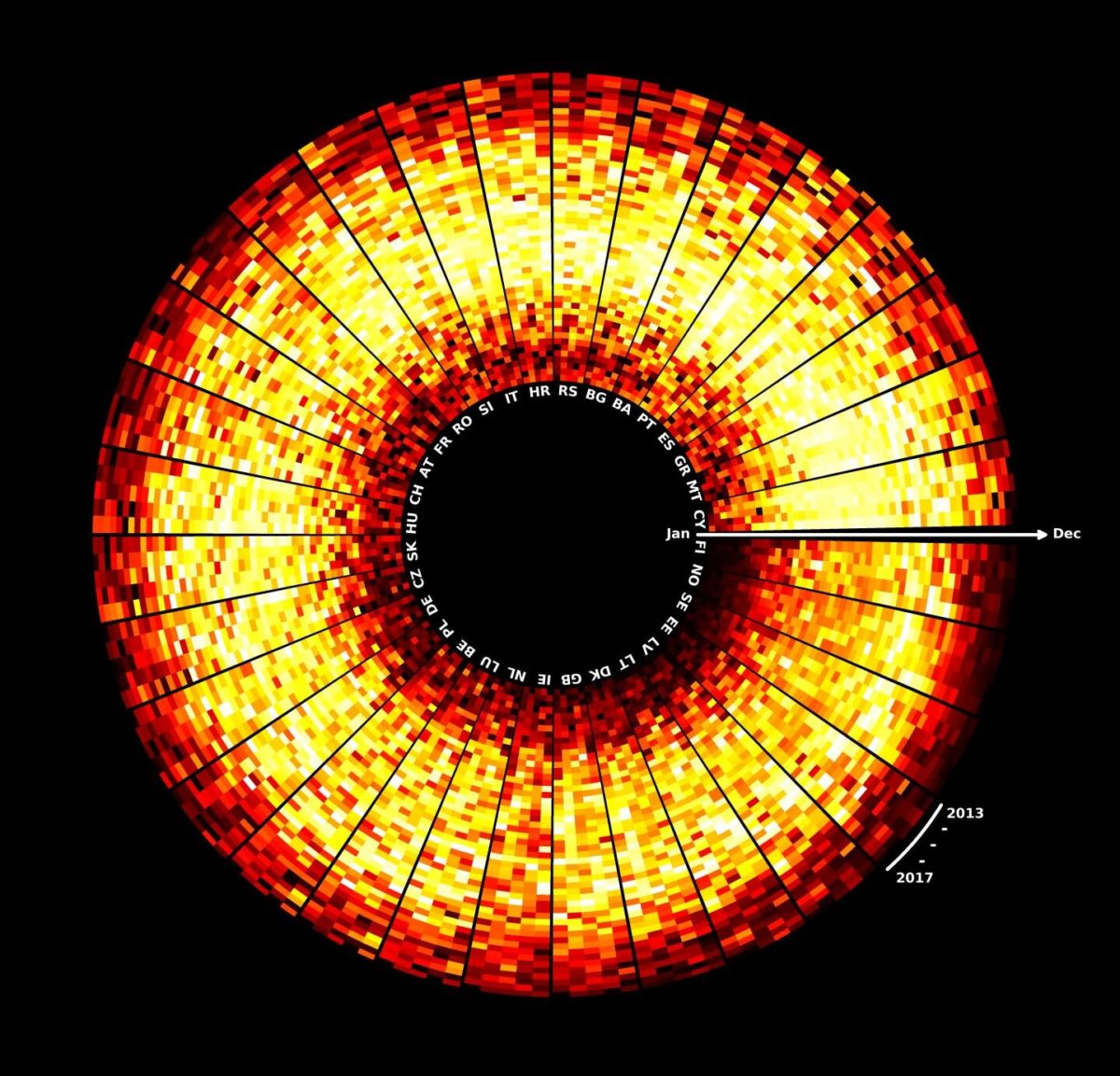As solar’s share in the global energy mix continues to grow, managing the intermittencies inherent to the technology and ensuring its reliable integration into grids is an ever more important question.
By collecting 38 years’ of irradiation, temperature and weather data and combining it with the historical output of European solar installations, scientists at Denmark’s Aarhus University have developed a model they say can predict the output of PV projects anywhere in the world.
“We can look at not only a single installation but energy production in entire countries or continents from PV installations,” said Marta Victoria, an assistant professor at Aarhus University. “This is extremely important for the way in which the energy systems of the future can be combined to function optimally.”
Accurate output modelling is already a key consideration when it comes to attracting investors and funding PV projects, however the Aarhus researchers appear to have taken an even wider approach, aimed at providing detailed information on solar output to ensure intermittency can be managed and grids based on several distributed resources can be balanced.
A global resource
“The price of PV installations has tumbled over the last 10 to 20 years so we’re now seeing huge investments in this particular energy source,” said Victoria. “The challenge is to link energy production from myriads of small installations across the landscape with a country’s total energy demand and energy production from other sources, some of which is also linked across national borders.”
Details of the model can be found in the paper Using validated reanalysis data to investigate the impact of PV system configurations at high penetration levels in European countries, published in the journal Progress in Photovoltaics.
The paper takes into account rooftop, fixed tilt, dual-axis tracker and delta (east-west) installations and creates a model to infer orientation and inclination angles based on output around summer and winter solstices. The researchers collected environmental data from around the world and while the historic PV output data comes only from Europe – specifically the EU member states plus Serbia, Bosnia-Herzegovina, Norway and Switzerland – the researchers stated their model can be applied anywhere.
While the journal article is hidden behind a paywall, as is common in academic publishing, the University of Aarhus has made the data available to anyone under an open license via the Zenodo data repository.
This content is protected by copyright and may not be reused. If you want to cooperate with us and would like to reuse some of our content, please contact: editors@pv-magazine.com.




May I know, who are all the vendors doing Performance model for PV solar plant. We have much requirements in our upcoming tenders.